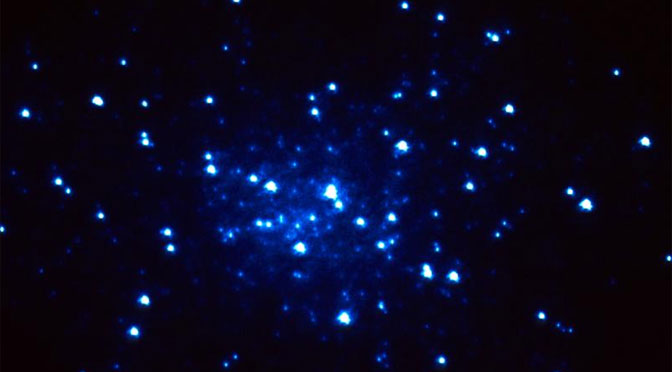Desert skies are ideal for astronomy and the Tucson Desert sky is no exception. Many seek out Tucson as the place to be. Why? Because of our night sky, but also because of all of the astronomy and scientific organizations based here. The Tucson Amateur Astronomy Association is the premier amateur astronomy group by virtue of our close ties to many of the astronomy and scientific organizations as well as our educational opportunities and outreach events.
In addition to TAAA events, here are some of the things that are happening in and around Tucson:
Kitt Peak National Observatory
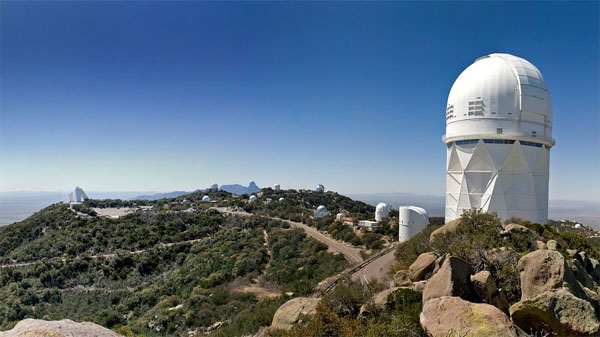
Kitt Peak supports the most diverse collection of astronomical observatories on Earth for nighttime optical and infrared astronomy and daytime study of the Sun. Whether you wish to visit during the day to catch a guided tour, learn the constellations and view through a telescope at night, or even reserve a telescope all to yourself, there is something for you. Daytime and evening programs, some very special events, programs for schools and youth groups, tours for organized groups, exhibits, and facilities. Visit the Kitt Peak website for more information.
Flandrau Science Center
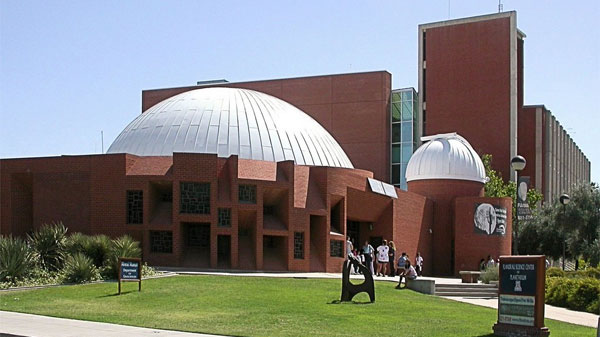
The Flandrau Science Center & Planetarium explores our universe from earth to space and everything in-between, bringing science alive for young and life-long learners alike. Changing exhibits through the year focus on biology, energy, optics and more, weaving in ground-breaking UA research and revealing the world of science careers for budding scientists. Flandrau’s Observatory is open to the public at no charge each week Thursday through Saturday from 7:00 pm to 10:00 pm.
Steward Observatory
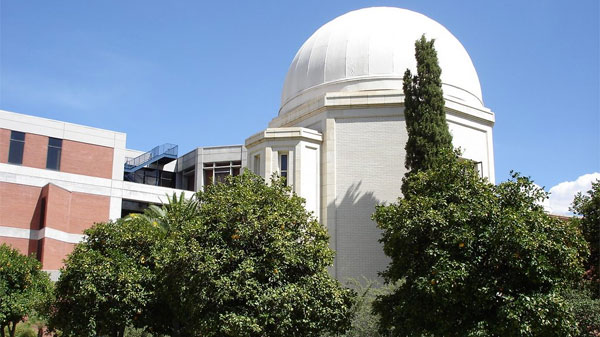
Since September 1922, Steward Observatory has been hosting public evening lectures in astronomy. The lectures begin at 7:30 p.m. and are held in Room N210 of Steward Observatory. Following all Monday evening talks, the Raymond E. White, Jr. Reflector in the historic Steward Observatory dome will be open for public viewing of the night sky (weather permitting). All of the lectures and the use of the telescope are free of charge and open to the general public. Visit the Steward Observatory website for more information.
Mt. Lemon Sky Center
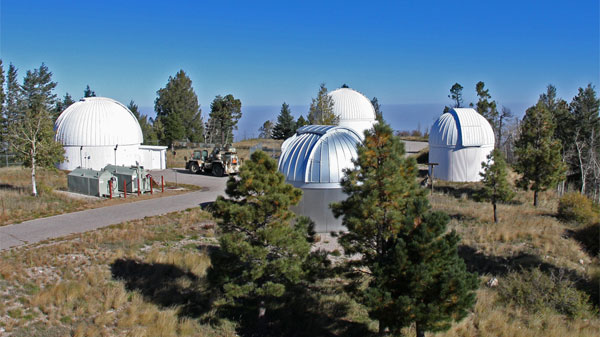
The SkyNights StarGazing Program is open to the public most nights of the year using the Southwest’s largest dedicated public telescope! This program is a unique awe-inspiring opportunity that lets you peer beyond the blue horizons of our southwestern skies and explore the astronomical wonders of the Universe.
Fred Lawrence Whipple Observatory
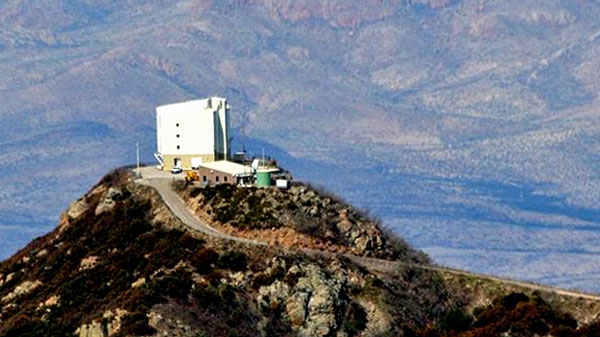
The Visitors Center features displays and exhibits on astronomy and astrophysics, natural science, and cultural history. Located at the base of Mt. Hopkins in the Santa Rita Mountains, just within the boundary of the Coronado National Forest. For more information, visit the Whipple Observatory website.
National Solar Observatory
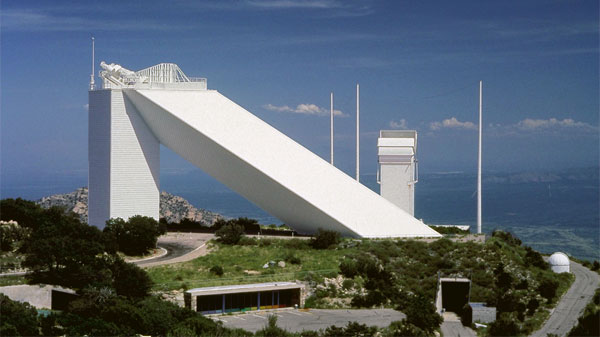
The National Solar Observatory at Sacramento Peak welcomes visitors during the daytime. The Observatory offers various kinds of tours.
Mt. Bigelow Astronomy Camp
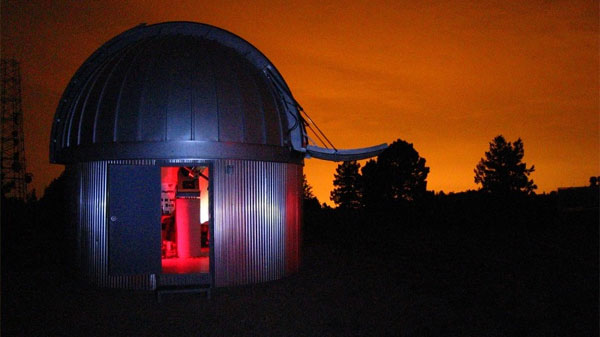
An opportunity for both young and old to experience the universe in a new and exciting way. Teenage students gain a cosmic perspective of the earth and themselves. Visit the Mt Bigelow Astronomy Camp website for more information.
Richard F Caris Mirror Lab
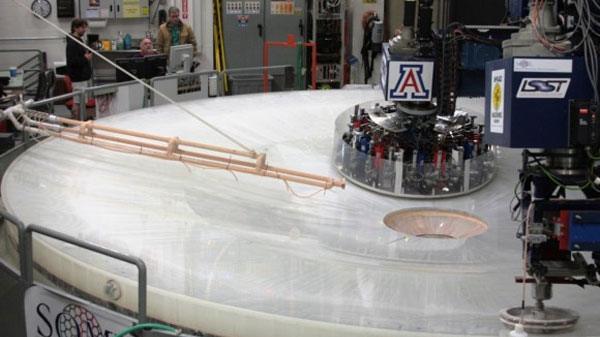
The Mirror Lab offers a 90 minute tour which provides a unique opportunity to learn how innovative engineering and optical technology melds with manufacturing techniques to produce the largest and most advanced giant (8.4 meters / 27 ft) telescope mirrors in the world on the University of Arizona campus.


